



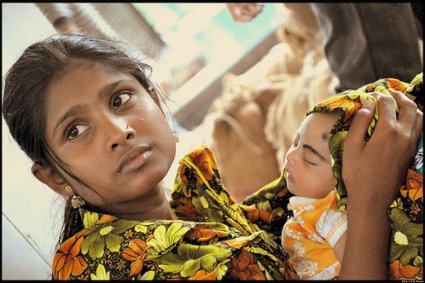
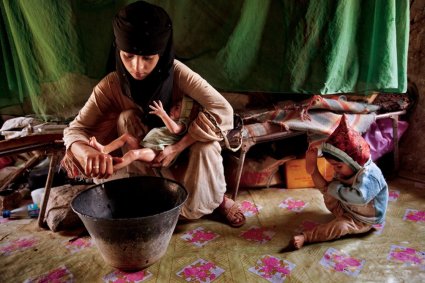

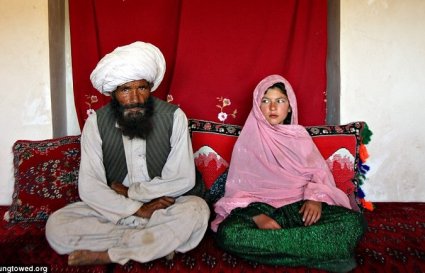


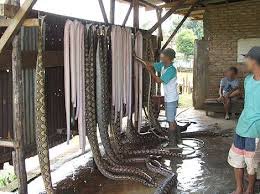

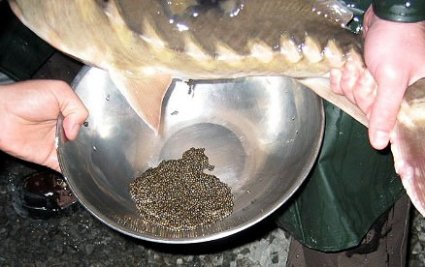

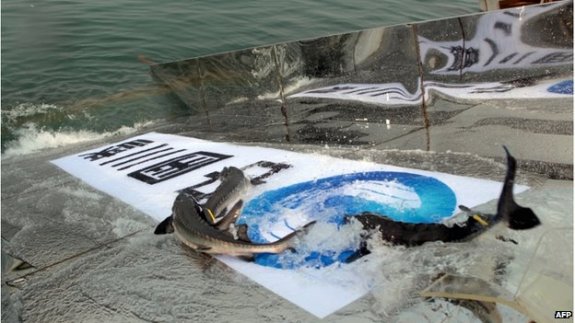
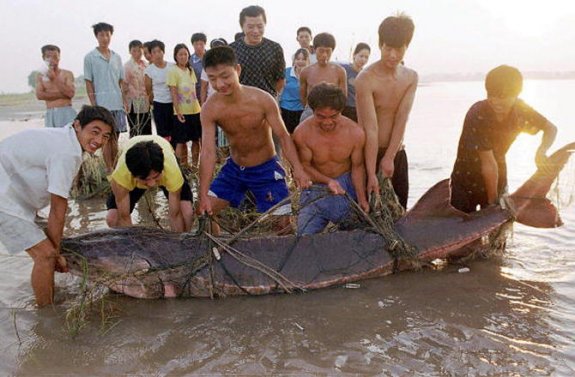
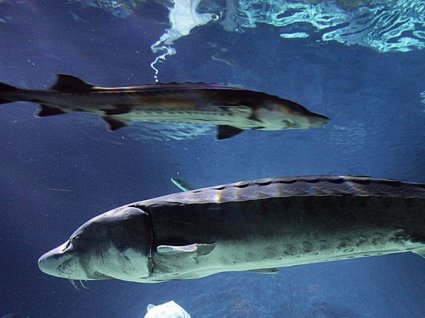





The Things You Don't Know
There are an infinite number of things that people don't know. You can't know everything. It's impossible. But there are some things in the world that you should know, but you don't ever hear of. I've found that Americans have a very distant view of the world, as if it's struggles and tragedies were just stories that you heard on the nightly news- not real people, not real places, not real lives. I have fought myself lost in this mindset many times.
I became involved with bringing these stories to you, reader, when I was nine years old, but I didn't know it yet. My parents adopted two girls from Ethiopia, Africa seven years ago. I got to travel with them and my older brothers halfway across the Earth to finalize the adoption, and I experienced an entirely different world than my rural life in Minnesota. I heard the loud rumble of monks singing praises in the early morning hours in their monasteries, and I witnessed kids my age playing soccer with an orange peel as a ball. I saw homes made of giant leaves, sticks, and scraps of metal, and I saw children -including my sisters- fill the adoption care center. Poverty surrounded the people there. IT was shoved in their faces from the time they woke up in the dark of the morning to when they laid to sleep late that night.
But what triumphed over the poverty, the sadness, and the pain, was the undeniable, inextinguishable hope in everyone's eyes. Despite the life they had been given, they did not demand pity. They knew that to do so would be, in a sense, admitting defeat So the monks still sang praises in the mornings, and the children laughed as they played soccer with the orange peel. These people opened my eyes to a bigger world, on that I want to share with you- its tragedies, its triumphs, and its people- all of it.
This is the Unheard News,



Nigerian Businesswomen
demolish Boy's Club in the Oil Industry
The Unheard News
Child Marriages:
The Future of Young Girls in Third World Nations
September Issue
10 Shockingly Profitable
Illegal World Trades
Ancient Creature on Brink of Extinction in Chinese Sea
Back Next